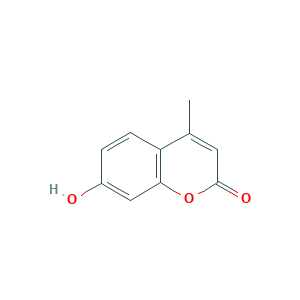| References |
| 1 |
ClinicalTrials.gov (NCT02780752) A Study of Oral Hymecromone to Treat Adults With Primary Sclerosing Cholangitis.
|
| 2 |
In vitro inhibitory effects of non-steroidal anti-inflammatory drugs on 4-methylumbelliferone glucuronidation in recombinant human UDP-glucuronosyltransferase 1A9--potent inhibition by niflumic acid. Biopharm Drug Dispos. 2006 Jan;27(1):1-6.
|
| 3 |
Identification of aspartic acid and histidine residues mediating the reaction mechanism and the substrate specificity of the human UDP-glucuronosyltransferases 1A. J Biol Chem. 2007 Dec 14;282(50):36514-24.
|
| 4 |
A common polymorphic variant of UGT1A5 displays increased activity due to optimized cofactor binding. FEBS Lett. 2018 Jun;592(11):1837-1846.
|
| 5 |
The "albumin effect" and drug glucuronidation: bovine serum albumin and fatty acid-free human serum albumin enhance the glucuronidation of UDP-glucuronosyltransferase (UGT) 1A9 substrates but not UGT1A1 and UGT1A6 activities. Drug Metab Dispos. 2008 Jun;36(6):1056-62.
|
| 6 |
cDNA cloning and expression of two new members of the human liver UDP-glucuronosyltransferase 2B subfamily. Biochem Biophys Res Commun. 1993 Jul 15;194(1):496-503.
|
| 7 |
[Metabolism of lomerizine hydrochloride (KB-2796) in rats]
|
| 8 |
Comparisons of detections, stabilities, and kinetics of degradation of hymecromone and its glucuronide and sulfate metabolites
|


